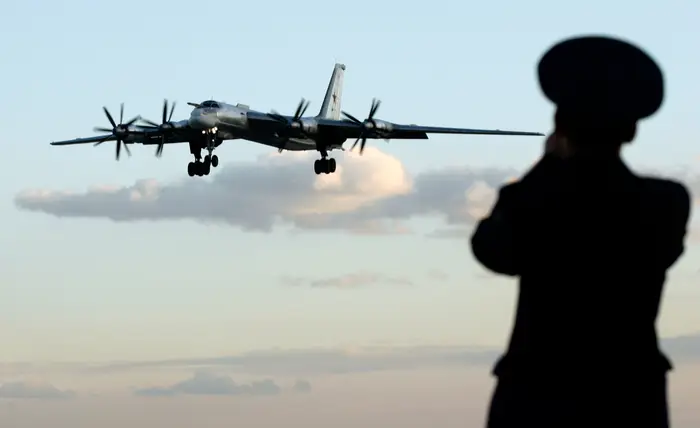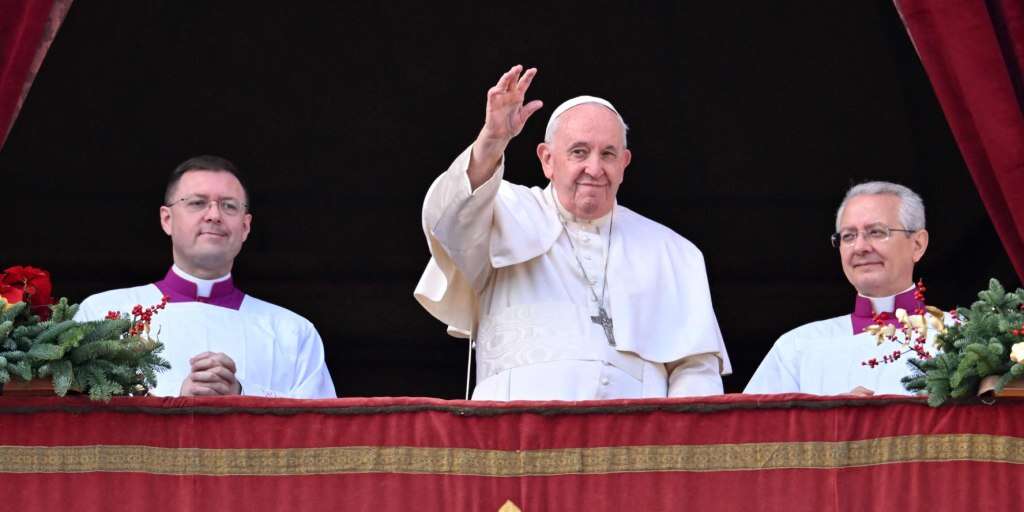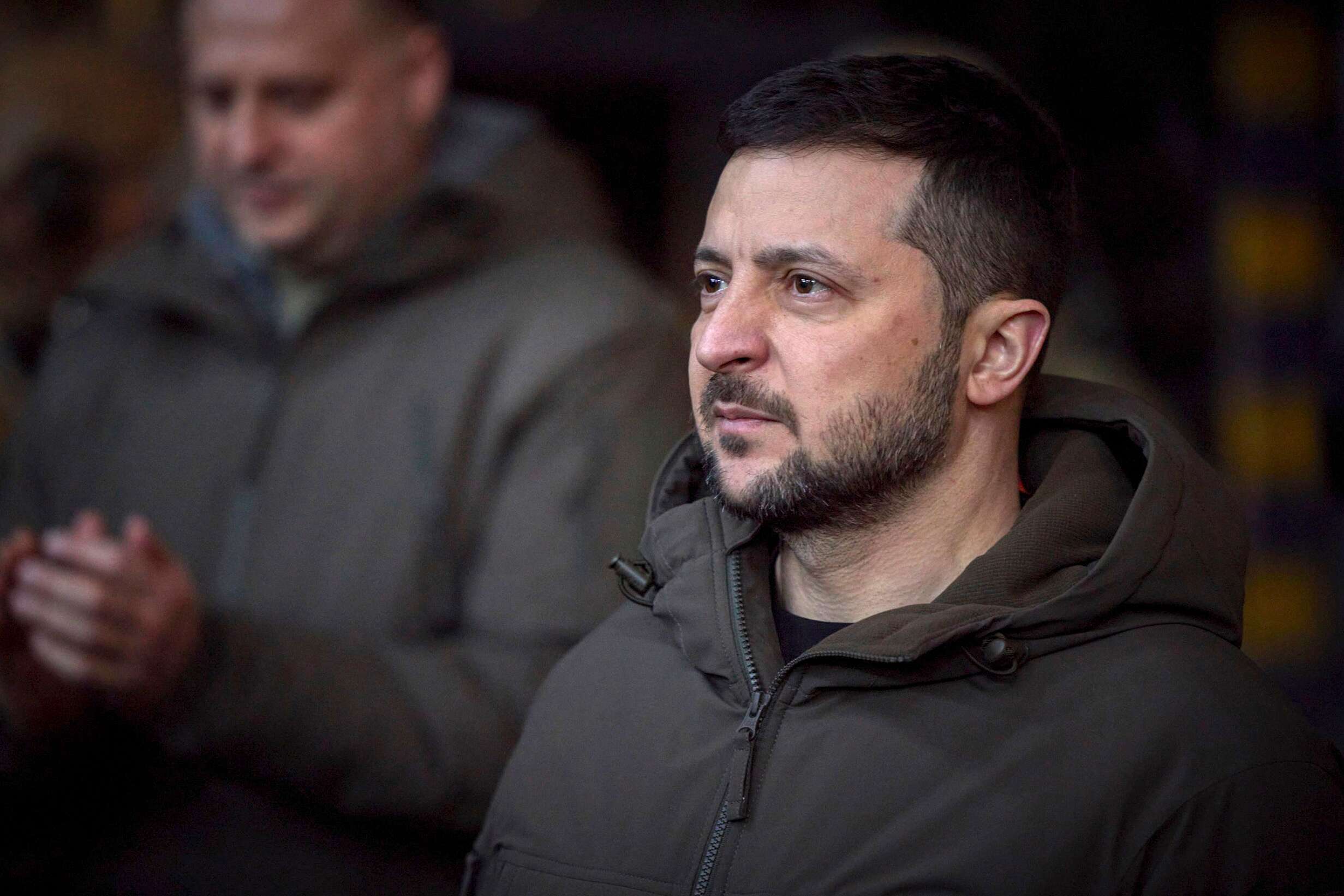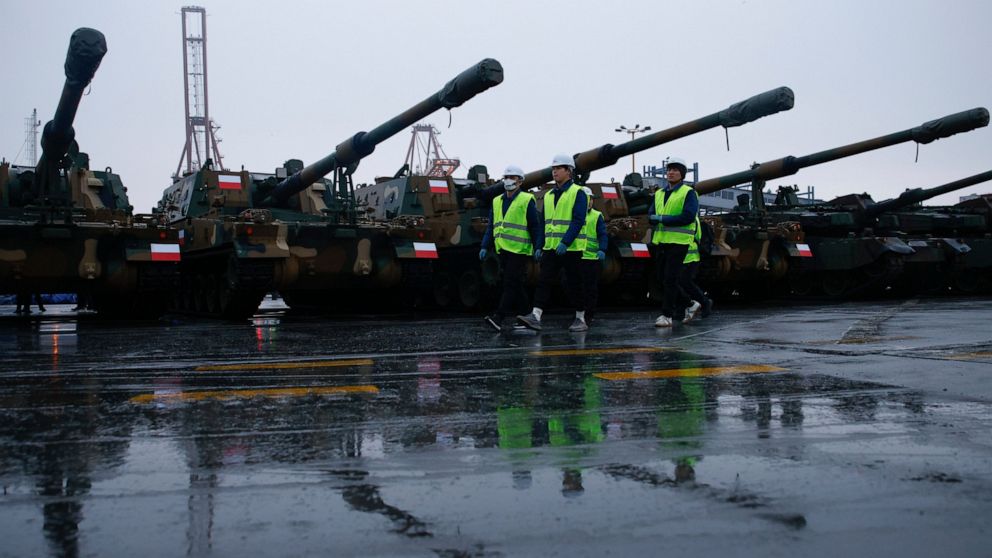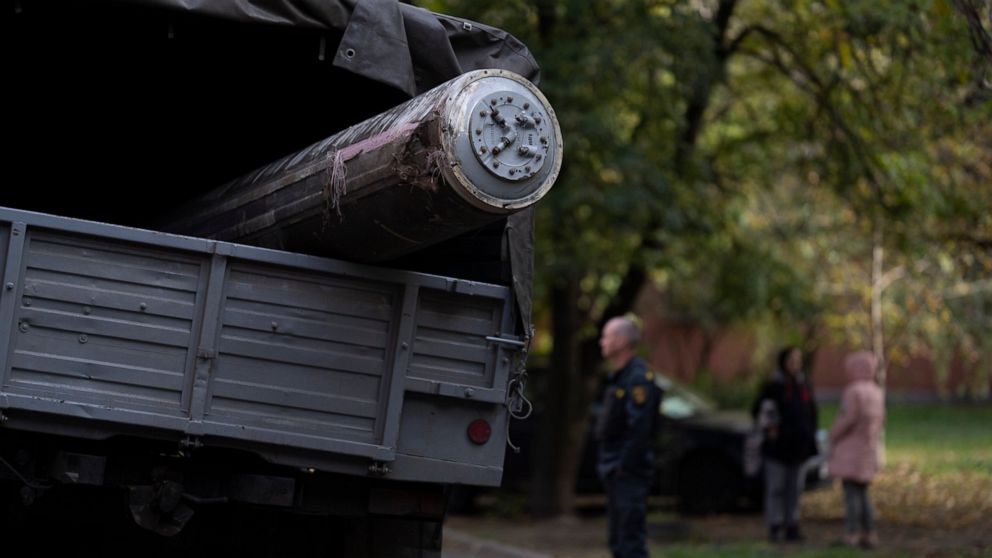
Ukrainian forces increased pressure on Russian positions in occupied Kherson on Friday, focusing on resupply routes across the Dnieper River as Kyiv moved closer to a full-scale assault to retake the strategic southern port city.
Ukraine’s Army General Staff states that up to 2,000 Russian draftees have poured into the Kherson region “to replenish losses and strengthen units on the front line.”
The Antonivskyi Bridge, which connects Crimea to Russian-held territory in southern Ukraine, was hit late Thursday, according to Natalia Humeniuk, a spokesperson for Ukraine’s southern operational command, but only after the 10 p.m. local curfew to avoid civilian casualties.
“We do not attack civilians and settlements,” Humeniuk said on Ukrainian television after Kirill Stremousov, the regional administration’s Moscow-installed deputy chief, claimed that at least four civilians had been killed as a result of Ukrainian strikes.
According to Stremousov, the attack happened about 40 minutes after the curfew. According to Kherson’s top health official, Vadim Ilmiyev, 13 more people were injured. According to Stremousov, among the dead and wounded were journalists from the Russia-created TV channel ‘Tamvria.’
Earlier Ukrainian strikes had rendered the Antonivskyi Bridge inoperable, prompting Russian authorities to construct ferry crossings and pontoon bridges to transport supplies to Russian troops in Kherson, located on the western bank of the Dnieper. Ukrainian rockets have regularly targeted these crossings.
Residents of Kherson city have been urged to evacuate for their safety and to allow the military to construct fortifications.
The Ukrainian military reported on Friday that bank employees, medical workers, and teachers had begun to be evacuated as the city’s infrastructure began to fail. At least 15,000 of the expected 60,000 residents have already been relocated from the city and surrounding areas.
Kherson city, with a prewar population of around 284,000, was one of the first cities Russia captured when it invaded Ukraine, and it is still the largest city it controls. Because of its key industries and major river port, it is a prime target for both sides.
Russian President Vladimir Putin illegally annexed the Kherson region and Luhansk, Donetsk, and Zaporizhzhia, although not all of the territory is Russian-held. He then declared martial law earlier this week to reassert Russian authority in the face of a series of military setbacks and widespread international condemnation.
Two people were killed in the Donetsk region in the last 24 hours after Russian forces shelled the city of Bakhmut, according to Regional Governor Pavlo Kyrylenko. For more than a month, Russian troops have been unable to advance toward the city.
According to regional governor Oleh Syniehubov, two Russian attacks in the eastern city of Kharkiv injured nine people.
Despite the fighting, the Kremlin insisted Friday that Putin has been open to negotiations “from the beginning” and that “nothing has changed.”
Dmitry Peskov, a Kremlin spokesman, told reporters that Putin “tried to initiate talks with both NATO and the US even before the special military operation” — Russia’s term for its war in Ukraine.
Peskov spoke after Turkey’s President Recep Tayyip Erdogan said Putin appeared to be “much softer and more open to negotiations” with Ukraine than in the past.
Meanwhile, Russia’s deployment of aircraft and troops to Belarusian air bases raised the prospect of a new front on Ukraine’s northern border, though officials said such an action was unlikely.
The Ukrainian army’s general staff reported a higher likelihood that such an attack would seek to disrupt the supply of Western weapons and equipment. The buildup could also be intended to divert Ukrainian resources and weaken any southern counteroffensive.


